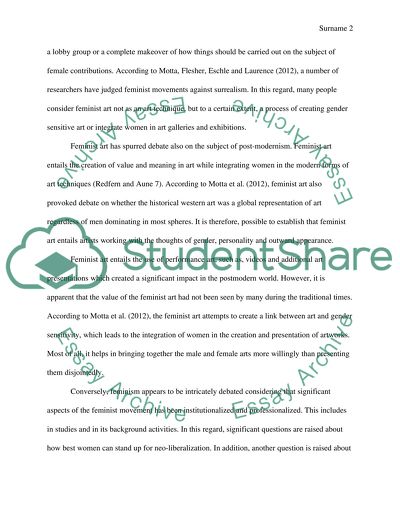Cite this document
(“How the feminist movement has influenced female artists working with Essay”, n.d.)
How the feminist movement has influenced female artists working with Essay. Retrieved from https://studentshare.org/visual-arts-film-studies/1669174-how-the-feminist-movement-has-influenced-female-artists-working-with-technology
How the feminist movement has influenced female artists working with Essay. Retrieved from https://studentshare.org/visual-arts-film-studies/1669174-how-the-feminist-movement-has-influenced-female-artists-working-with-technology
(How the Feminist Movement Has Influenced Female Artists Working With Essay)
How the Feminist Movement Has Influenced Female Artists Working With Essay. https://studentshare.org/visual-arts-film-studies/1669174-how-the-feminist-movement-has-influenced-female-artists-working-with-technology.
How the Feminist Movement Has Influenced Female Artists Working With Essay. https://studentshare.org/visual-arts-film-studies/1669174-how-the-feminist-movement-has-influenced-female-artists-working-with-technology.
“How the Feminist Movement Has Influenced Female Artists Working With Essay”, n.d. https://studentshare.org/visual-arts-film-studies/1669174-how-the-feminist-movement-has-influenced-female-artists-working-with-technology.


